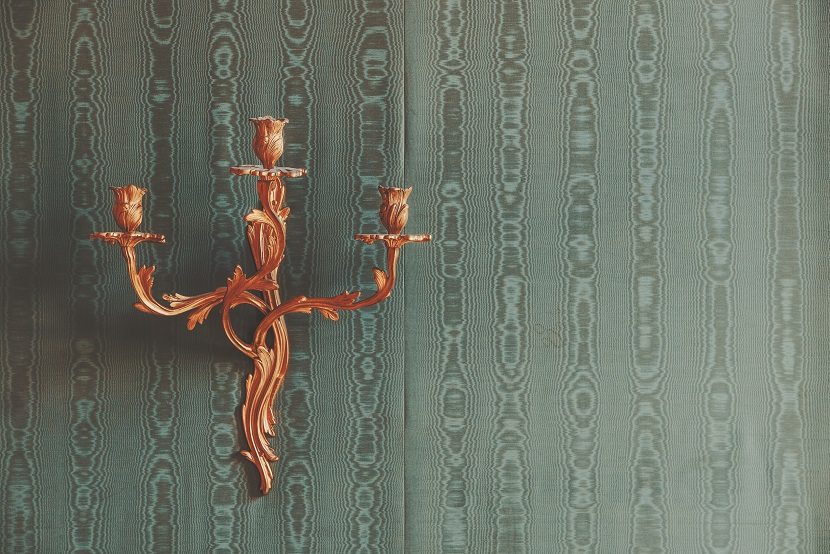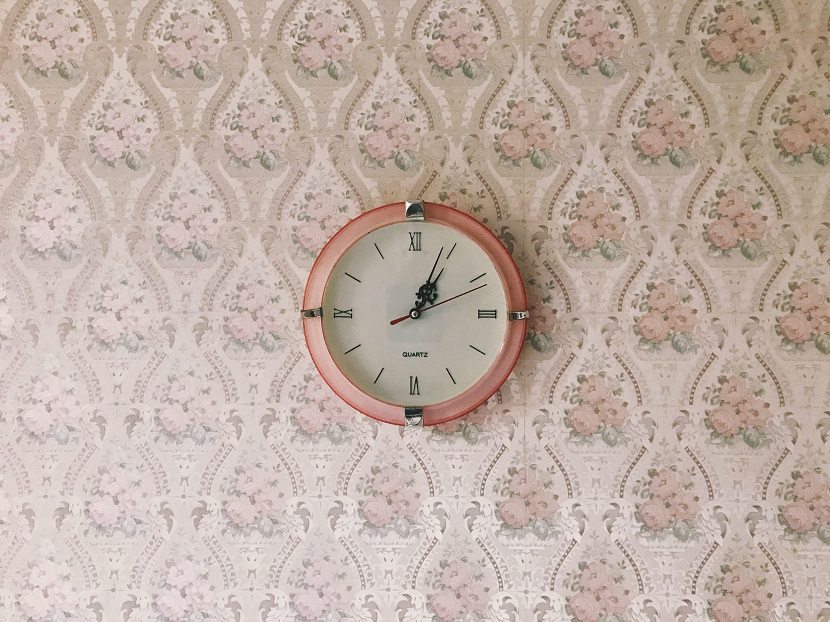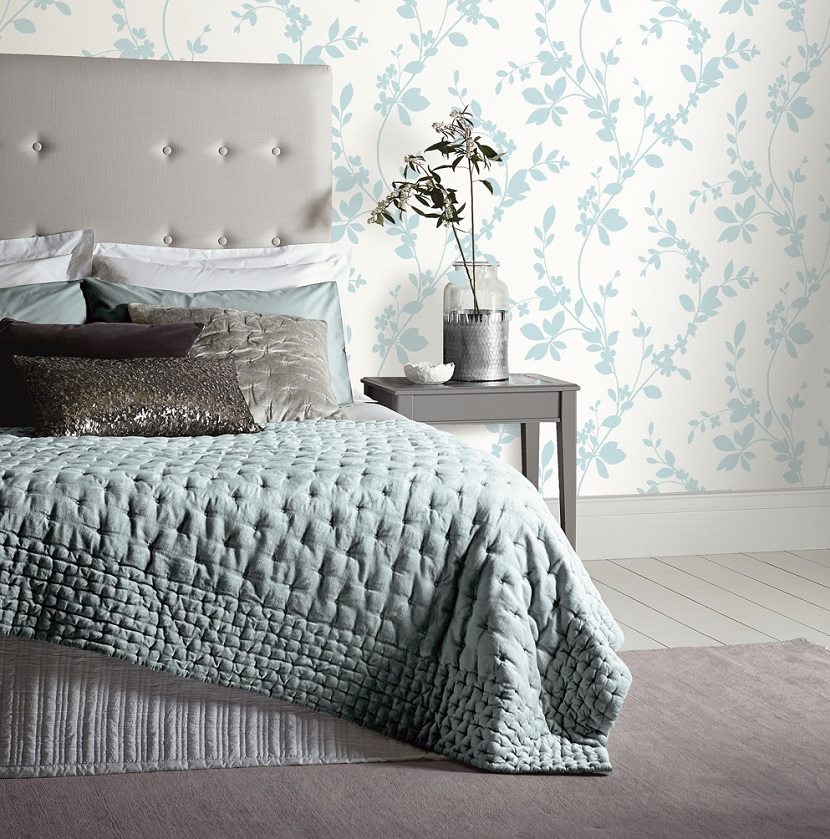Line a room with wallpaper and you can instantly improve its appearance.
If you want wallpaper hung to perfection but think it is beyond your DIY capabilities, fear not. The experts at I Want Wallpaper have compiled the following top 10 tips for perfecting paper hanging.
Buying paper
It is important to buy wallpaper in consecutive batch numbers so the paper matches up perfectly when hung. Accurately measure the total area that needs to be covered and slightly over order to allow for any mishaps. A roll is generally advisable. Over ordering is also essential if you’ve chosen patterned paper so you can match it up the pattern repeat.

Tool up
Having the right equipment does help, so either borrow or buy the following items for a professional finish
- Pasting table (some come with a built-in ruler that will certainly come in handy).
- Step ladders
- Bucket (buy new to avoid any dirt that could affect paste)
- Pasting brush – a soft bristled brush that squeezes out air bubbles and extra paste
- Seam roller – a tool that helps to seal edges without marking surfaces
- Wallpaper smoother – flexible plastic tool to smooth wallpaper and remove air bubbles
- Carpenter’s level / Plumb line – a tool that determines the vertical on an upright surface it’s essential to make sure you hang wallpaper straight
- Pushpins
- Steel tape measure
- Pencil
- Scissors (and a jug of water to dip them in to remove paste)
- Large scraper or spatula
- Utility knife
One step at a time
If it is the first time you have tried your hand at wallpapering then a ‘low traffic’ room such as a bedroom is a good place to cut your teeth or just opt for a feature wall versus an entire room.
It is all in the prep
‘Size’ the wall to start by covering it in a mixture of half PVA glue and half water applied with a paint roller – it’s not essential but this will create a slightly glossy finish to the wall and make it easier to slide paper into position and help it stick.
Do not rush in
Use the plumb line to draw straight lines at regular intervals around the room.
Measure the floor to ceiling height of the room and make a mark on your pasting table – this saves time measuring each piece of paper individually. Allow a good few extra inches for variations in height within the room – especially in old houses where floors and ceilings can be uneven – and to make sure you have adequate paper to line up the pattern repeat. The basic rule is more is more, you can always trim down but you can’t make your paper grow.

A good pasting
Some pastes can remove the finish of wallpaper, especially delicate papers, so check you have the right paste for the paper you’re using. A wheat base is gentle and suitable in most cases.
To apply paste lay a strip of paper flat on the table and level with the edges (try to avoid getting paste on the table), weigh down each end and spread on the paste evenly. Fold the paper in a concertina to carry it safely to the wall.
Line up
It is very important to get the first length straight as this sets the template for the rest of the room so use those handy straight pencil lines you’ve already drawn as a guide.
In and out
If your paper has a large pattern then start in the middle of the wall or at a focal point in the room and work outwards – again you’ll need to measure the mid-point in your wall. For plains or small pattern repeats begin papering from the corner of the room, ideally on a wall with no windows or doors so that you can hang full lengths without any problem.
Another detail that’s vitally important and yes, sometimes overlooked, make sure each sheet of paper is the right way up!
Overlap and trim
Apply the paper to the wall allowing some overlap at the ceiling and trim it down once you’re happy with the position. Don’t worry if your first attempt is wonky or slightly out of position, you can manoeuvre your sheets to get them into the perfect spot as the paste won’t dry immediately and of course your walls are nice and smooth from your prep.

Smoothly does it
Repeat with further strips and ensure the pattern lines up. Try to work away from the window so overlapping edges don’t cast a shadow. Smooth the paper so that there are no air bubbles.
Further tips, advice and wallpaper inspiration can be obtained by visiting www.iwantwallpaper.co.uk.